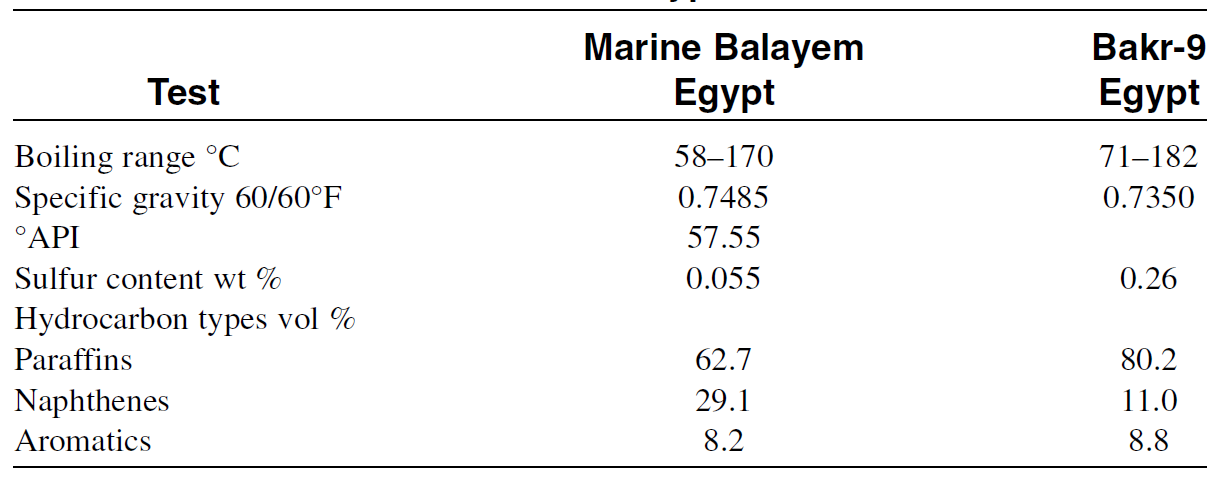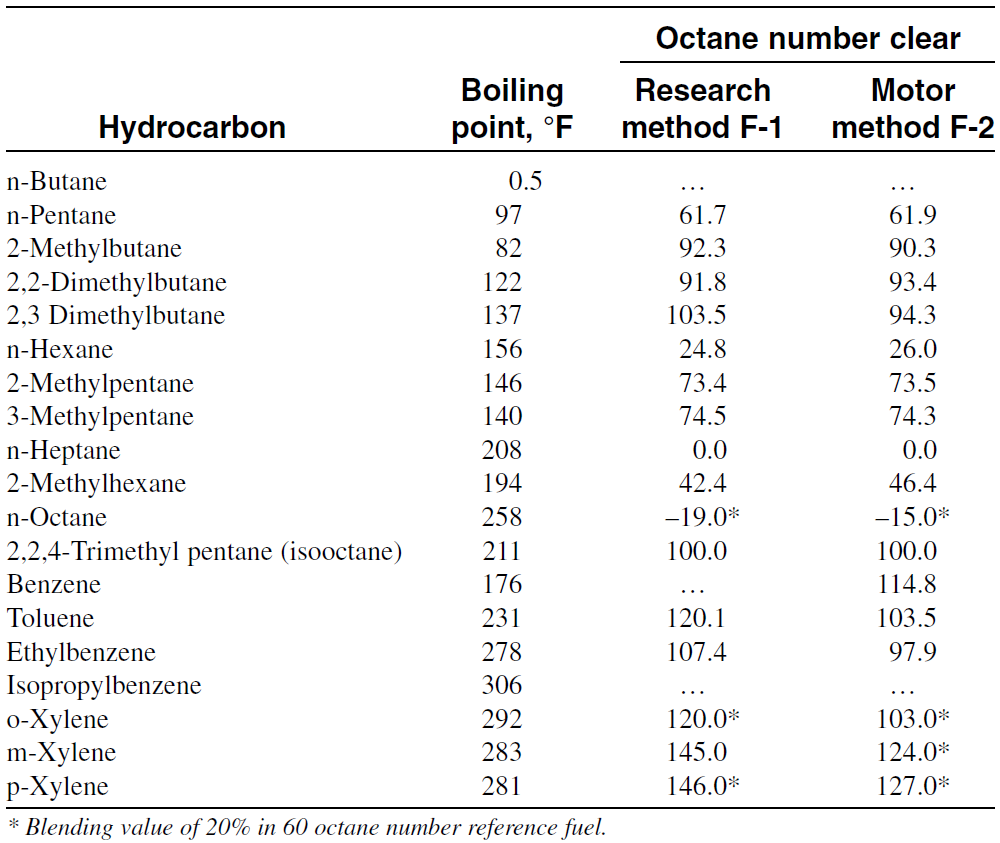

علم الكيمياء

تاريخ الكيمياء والعلماء المشاهير

التحاضير والتجارب الكيميائية

المخاطر والوقاية في الكيمياء

اخرى

مقالات متنوعة في علم الكيمياء

كيمياء عامة


الكيمياء التحليلية

مواضيع عامة في الكيمياء التحليلية

التحليل النوعي والكمي

التحليل الآلي (الطيفي)

طرق الفصل والتنقية


الكيمياء الحياتية

مواضيع عامة في الكيمياء الحياتية

الكاربوهيدرات

الاحماض الامينية والبروتينات

الانزيمات

الدهون

الاحماض النووية

الفيتامينات والمرافقات الانزيمية

الهرمونات


الكيمياء العضوية

مواضيع عامة في الكيمياء العضوية

الهايدروكاربونات

المركبات الوسطية وميكانيكيات التفاعلات العضوية

التشخيص العضوي

تجارب وتفاعلات في الكيمياء العضوية


الكيمياء الفيزيائية

مواضيع عامة في الكيمياء الفيزيائية

الكيمياء الحرارية

حركية التفاعلات الكيميائية

الكيمياء الكهربائية


الكيمياء اللاعضوية

مواضيع عامة في الكيمياء اللاعضوية

الجدول الدوري وخواص العناصر

نظريات التآصر الكيميائي

كيمياء العناصر الانتقالية ومركباتها المعقدة


مواضيع اخرى في الكيمياء

كيمياء النانو

الكيمياء السريرية

الكيمياء الطبية والدوائية

كيمياء الاغذية والنواتج الطبيعية

الكيمياء الجنائية


الكيمياء الصناعية

البترو كيمياويات

الكيمياء الخضراء

كيمياء البيئة

كيمياء البوليمرات

مواضيع عامة في الكيمياء الصناعية

الكيمياء الاشعاعية والنووية
Naphtha
المؤلف:
sami matar & Lewis. F. Hatch
المصدر:
Chemistry of PETROCHEMICAL PROCESSES
الجزء والصفحة:
p45
9-5-2016
7473
Naphtha
Naphtha is a generic term normally used in the petroleum refining industry for the overhead liquid fraction obtained from atmospheric distillation units. The approximate boiling range of light straight-run naphtha (LSR) is 35–90°C, while it is about 80–200°C for heavy straight-run naphtha (HSR) .
Naphtha is also obtained from other refinery processing units such as catalytic cracking, hydrocracking, and coking units. The composition of naphtha, which varies appreciably, depends mainly on the crude type and whether it is obtained from atmospheric distillation or other processing units. Naphtha from atmospheric distillation is characterized by an absence of olefinic compounds. Its main constituents are straight and branchedchain paraffins, cycloparaffins (naphthenes), and aromatics, and the ratios of these components are mainly a function of the crude origin.
Naphthas obtained from cracking units generally contain variable amounts of olefins, higher ratios of aromatics, and branched paraffins. Due to presence of unsaturated compounds, they are less stable than straight-run naphthas. On the other hand, the absence of olefins increases the stability of naphthas produced by hydrocracking units. In refining operations, however, it is customary to blend one type of naphtha with another to obtain a required product or feedstock. Selecting the naphtha type can be an important processing procedure.
For example, a paraffinic-base naphtha is a better feedstock for steam cracking units because paraffins are cracked at relatively lower temperatures than cycloparaffins. Alternately, a naphtha rich in cycloparaffins would be a better feedstock to catalytic reforming units because cycloparaffins are easily dehydrogenated to aromatic compounds. Table 1-1 is a typical analysis of naphtha from two crude oil types.
Table 1-1 Typical analyses of two straight-run naphtha fractions from two crude types

The main use of naphtha in the petroleum industry is in gasoline production. Light naphtha is normally blended with reformed gasoline (from catalytic reforming units) to increase its volatility and to reduce the aromatic content of the product gasoline.
Heavy naphtha from atmospheric distillation units or hydrocracking units has a low octane rating, and it is used as a feedstock to catalytic reforming units. Catalytic reforming is a process of upgrading lowoctane naphtha to a high-octane reformate by enriching it with aromatics and branched paraffins. The octane rating of gasoline fuels is a property related to the spontaneous ignition of unburned gases before the flame front and causes a high pressure. Afuel with a low octane rating produces a strong knock, while a fuel with a high octane rating burns smoothly without detonation. Octane rating is measured by an arbitrary scale in which isooctane (2,2,4-trimethylpentane) is given a value of 100 and nheptane a value of zero. A fuel’s octane number equals the percentage of isooctane in a blend with n-heptane. The octane number is measured using a single-cylinder engine (CFR engine) with a variable compression ratio. The octane number of a fuel is a function of the different hydrocarbon constituents present. In general, aromatics and branched paraffins have higher octane ratings than straight-chain paraffins and cycloparaffins. Table 1-2 shows the octane rating of different hydrocarbons in the gasoline range.
Table 1-2 Boiling points and octane ratings of different hydrocarbons in the gasoline range

Reformates are the main source for extracting C6-C8 aromatics used for petrochemicals. Naphtha is also a major feedstock to steam cracking units for the production of olefins. This route to olefins is especially important in places such as Europe, where ethane is not readily available as a feedstock because most gas reservoirs produce non-associated gas with a low ethane content.
 الاكثر قراءة في البترو كيمياويات
الاكثر قراءة في البترو كيمياويات
 اخر الاخبار
اخر الاخبار
اخبار العتبة العباسية المقدسة

الآخبار الصحية















 قسم الشؤون الفكرية يصدر كتاباً يوثق تاريخ السدانة في العتبة العباسية المقدسة
قسم الشؤون الفكرية يصدر كتاباً يوثق تاريخ السدانة في العتبة العباسية المقدسة "المهمة".. إصدار قصصي يوثّق القصص الفائزة في مسابقة فتوى الدفاع المقدسة للقصة القصيرة
"المهمة".. إصدار قصصي يوثّق القصص الفائزة في مسابقة فتوى الدفاع المقدسة للقصة القصيرة (نوافذ).. إصدار أدبي يوثق القصص الفائزة في مسابقة الإمام العسكري (عليه السلام)
(نوافذ).. إصدار أدبي يوثق القصص الفائزة في مسابقة الإمام العسكري (عليه السلام)


















